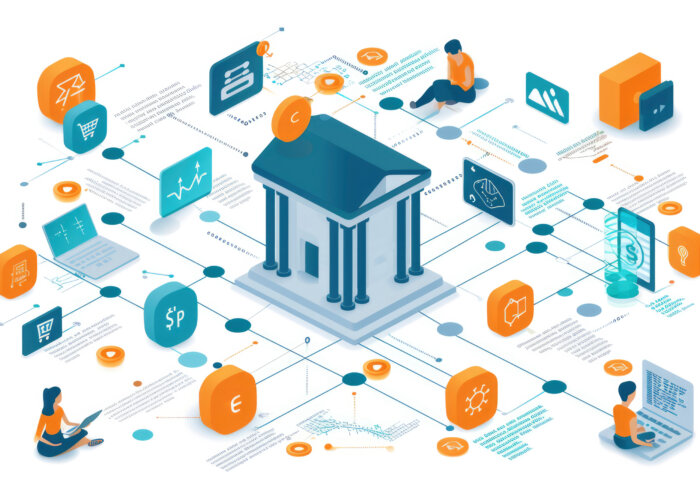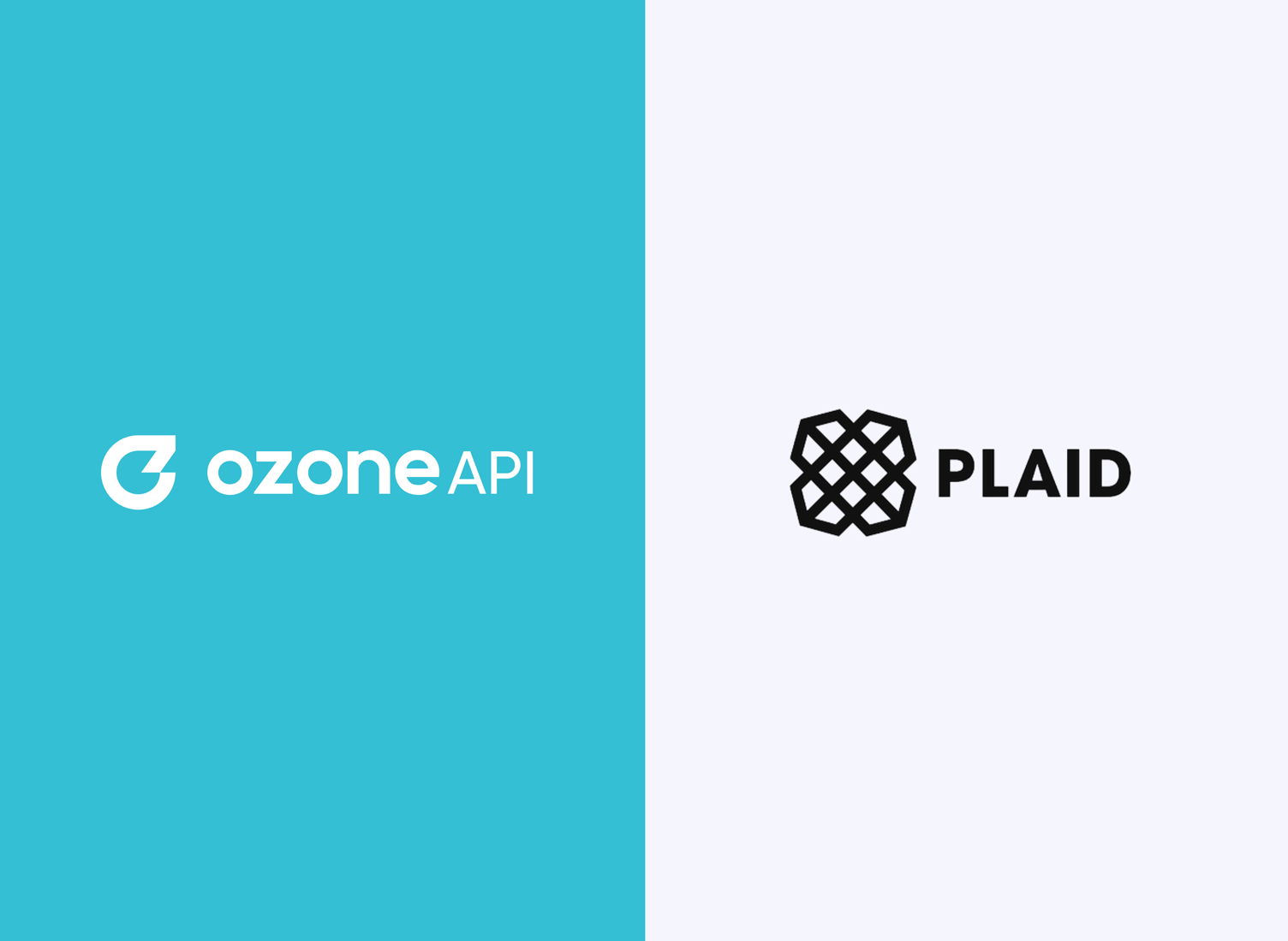Open Banking is ready to evolve, bringing with it a truly innovative approach to banking that both customers and third parties will benefit from.
What do we mean by Open Banking 2.0?
Open Banking 2.0 is the successor to Open Banking 1.0, and expands upon its predecessor in a number of ways.
Open Banking 1.0
Open Banking 1.0 was first developed as a new regulatory framework within the UK and EU. This framework aimed to find and implement standardisations for how to use shared APIs.
From these standardisations of banking regulation, customers would gain flexibility with their financial data, and would be allowed more options when managing it.
The history of open banking dates back to the 1980s. The first Open Banking 1.0 initiatives were rolled out across 16 countries. Today, over 60 countries across the world have adopted Open Banking.
Open Banking 2.0
Open Banking 2.0 takes Open Banking initiatives and expands them beyond the banking sector. This means that other sectors like insurance, fintechs, wealth management firms, and more, could utilise the framework laid out in 1.0. In turn, those sectors can better aid their customers through a range of innovative services.
Forrester expands upon this by detailing how a range of verticals in Open Finance create exciting new opportunities. These verticals include:
Inclusive Credit: Customers in regions like Asia and Africa can benefit from tailored financial products, as well as credit risk assessments made using open data.
Gojek, an Indonesian multiservice platform, does this particularly well, and utilises the data gained from deliveries, digital wallets, ride-hailing apps, and telcos to build upon those services.
Precise Insurance Premiums: Through data-sharing, insurance could be adjusted automatically depending on variables like how and when customers travel. An example of this could be customers who commute at night may find their insurance premiums lower, as the roads are much quieter.
Tailored Insights and Suggestions: Through the collection of data across a range of sectors, suggestions can be tailored to the user’s needs, and presented to them at the right moment. This is often considered through the lens of Open Finance and Open Banking, so elements like loans, investments, and more may be fully customised to each individual.
Within our own Introduction to Open Banking article, we also discuss other verticals, for instance:
Streamlined Business Models: Businesses utilising Open Banking 2.0 will be able to utilise the varied data collected through Open Banking 2.0. With this data, they can streamline their own processes, as well as manage cash flow, revenue streams and financing options to suit their specific needs.
Enhanced payment processes: E-commerce businesses can greatly improve the user journey by utilising multiple secure payment processes to meet the needs of the customer. On top of this, collected data can enhance the overall shopping experience of customers, tailoring products to their needs.
Ultimately, the end goal of Open Banking 2.0 is to provide a greater experience and value to the customer, whether they be a business or individual. It achieves this by taking a holistic approach to each entity and adapting offerings to meet the needs of those entities.
Who Benefits from Open Banking 2.0?
There are real benefits from Open Banking in its latest iteration. To name but a few:
Accounts Accessibility: Thanks to the interconnectivity of data across so many sectors, customers can access multiple bank accounts from a single third part app. This makes it much easier for customers to manage their finances.
Open Financial Services: Through data connectivity, customers can also easily access financial services like loans, mortgages, insurance, and more, often through a single platform. Through the data collected, those platforms can also provide tailored responses, offering those customers a solution that truly suits their needs.
Savings as a service: Some fintechs, like Raisin, allow individuals access to a variety of deposit products whether they belong to the bank that offers it or not. This allows for those individuals to put their money exactly where they need to obtain the highest possible yield. This is an incredibly powerful tool for saving, and can even take away the stress of searching across financial institutions for those higher yield savings accounts.
Many of the vertical opportunities mentioned above are also now mainstream for Open Banking 2.0, with Apps and APIs delivering modern solutions to individuals and businesses across the world.
Read our article on the Benefits of Open Banking next to learn more about how Open Banking can open doors for consumers and merchants alike.
What should Open Banking APIs look out for?
As Open Banking APIs continue to develop with Open Banking 2.0, we should continue to consider opportunities likes:
Broadening possibilities with identity data: Micro lending and microcredit distribution is a rapidly growing part of the financial sector, and has proven to be a fantastic way to finance small businesses and improve social mobility.
APIs should consider how they can implement identity data from third-party providers to aid in the delivery of micro lending and microcredits at pace, so consumers need not wait days or weeks for financial support.
Ease of use: Despite one of the tenets of Open Banking being to improve the customer experience, APIs should remember that with the right resources, it is always possible to make things even easier for consumers and continue to reduce human error.
When APIs are developed or selected for implementation, the consumer demographic should always be considered. Are there known pain points within that demographic that can create opportunities for improvement?
Continue to add value: It can be easy for APIs to be product or channel driven, with less thought given to the user. APIs should instead look to find ways that further improve customer service, and add value for the user.
This is one of the best ways to ensure both the success of the API, and the continued positive discourse around Open Banking.
Learn more about Open Banking today
We’re proud to be at the forefront of the Open Banking movement, and actively take part in the wider discourse to keep our clients up to date on the future of banking.
If you’d like to learn more and keep up with the latest Open Banking news, join our mailing list at the footer out our website.
Ozone API – The Open Banking API
The Ozone API is at the forefront of Open Banking, delivering an ‘out of the box’ compliance with open standards and regulations to banks and financial institutions.
Through our API, banks and financial institutions can be compliant with Open Banking regulations within weeks, saving time and resources.
Reach out to a member of our team to discuss Ozone API today





